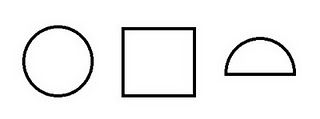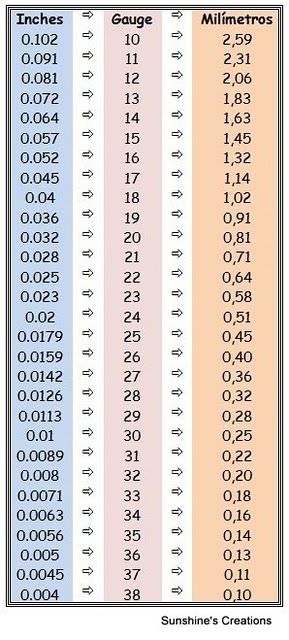About Wire, Shapes, Sizes and More
Basic Wire Information
By Cristina Ramos, from Sunshine’s Creations
If you are wondering about wire, or have already fallen in love with it like I have, and want to get started making jewelry with it, here’s some basic information about it.
Wire is made of several materials like gold, silver, copper, steel or aluminum, it's also easy to find gold plated and silver plated wire, and the choice of wire depends solely on each one's liking… or budget!When we’re just getting started it’s better to try the pieces out with copper wire, since it is less expensive, and you might me surprised on how beautiful it turns out!
When buying wire you’ll find that most suppliers give you a bunch of options on it. You have to choose what metal you’d like, the degree of hardness of the wire, the wire’s shape and its gauge! Decisions, decisions…
The hardness of the wire means that we can know beforehand if it'll be hard to work with or not. It comes in three different degrees of hardness: hard or full hard (it's the same thing), half hard and dead soft.
Hard wire is the most robust and harder to work with, so we need to use the tools more often, and it's appropriate for bangles, bracelets and heavier pieces. The half hard wire is the most popular because it's quite versatile, it's easier to manipulate and, if we need to we can work harden it in order to better keep its shape. The dead soft wire is the easiest to manipulate (we can work it mostly with our fingers) and it's the best for wire wrapping, however we need to be very careful because it kinks and gets tool marks easily.
After choosing the hardness of the wire, we need to choose its shape.Beyond the common round wire, there's also square wire and half-round wire!

You wouldn't believe the difference this simple change in the wire shape can make to the look of the final piece! Besides, the different shapes really make life so much easier for the wire artist, I should know since I make all my pieces with round wire, that never stays where we want it and slides off each other, unlike the square wire, for instance!
The square wire is perfect for wire wrapping, especially to wrap a bead or cab, and the half round wire is the one that we wrap around the square wire, binding it together. I think these two types of wire are like the round wire evolved, because they make the artist's work so much easier.
One of the issues I stumble upon frequently while reading tutorials is the measurements, either the diameter of the wire or the length necessary, because I’m European but mostly use American tutorials. So I searched the web and created this chart to help me to swiftly convert those measurements into the units that I'm most comfortable with.
As a reminder I'll just say that, in gauge numbers, the higher the number, the thinner the wire.
|
Wire Gauge Chart (wire thickness)
|
Inches to Millimeters Chart 1 inch = 25.4 mm
|
I hope this information has helped you. Wire is a fun and versatile medium and every time I pick it up and let my fingers have that little tête-a-tête with it the final piece is always amazing! Just remember:
Have fun with wire!
Cristina Ramos










